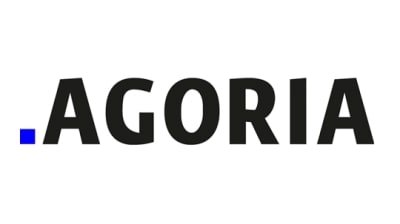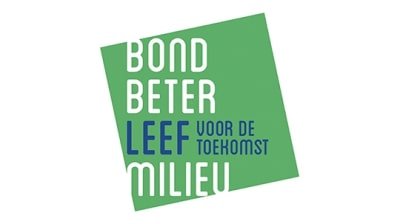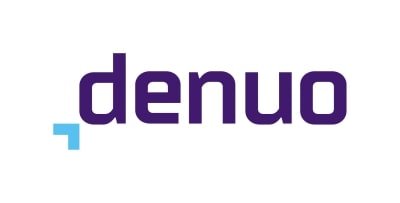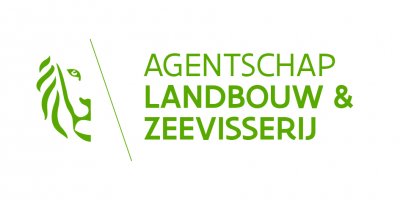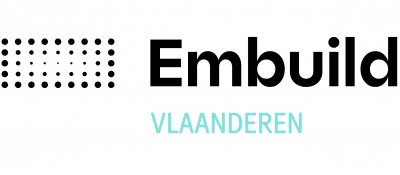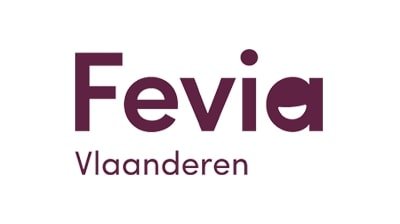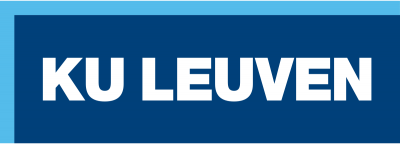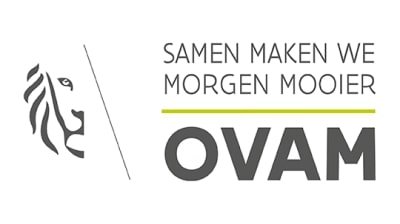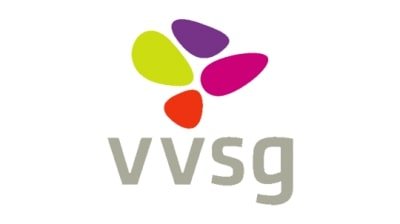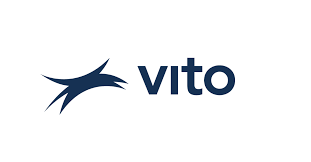Topics
We organise our actions in six thematic & strategic agendas:
Strategic Agendas:
Bio-economy
Circular Construction
Chemicals/Plastics
Manufacturing Industry
Food Chain
Water Cycles
Seven leverages provide additional support:
Leverage effects:
Lever Policy Instruments
Lever Circular Procurement
Lever Communication
Lever Innovation & Entrepreneurship
Lever Financing
Lever Jobs & Skills
Lever Research
What, why and how?
Why are we pursuing a circular economy?
Future visions 2050
How do we see our circular future?
About our management
Who steers what at Flanders Circular?
Circle Sector Genk
A living lab for the circular economy
The ambition of the Circle Sector project is to create a place where different forms of circular economy can be experimented in cooperation with citizens, policy makers and industry. It forms an archive that maps locally available materials, it is a laboratory for experimenting and a studio for designing circular material applications. The project follows an iterative process of mapping, experimenting and prototyping.
For example, we investigated the role that product designers can play in the transition from a linear to a more circular economy. After all, 90% of the environmental impact is determined during the design process. Designers are therefore well placed to integrate the principles of the circular economy into the products, services and systems they design.
In doing so, designers not only have to overcome technical barriers (how can they design products in such a way that they can be reused, shared, repaired or recycled?), but also cultural barriers, such as corporate culture, policy vision or consumer awareness.
To facilitate the transition from linear to circular and to overcome these barriers, designers should not only focus on designing solutions, but also on asking the right questions. A critical attitude is crucial but also complex, because it goes against existing business models and policy visions. To challenge this cultural barrier, there is a need for valuable alternatives and images of the future that outline other business models and visions. This is where designers can play a crucial role: by making alternative images of the future tangible. Afterwards, these images of the future are experienced and discussed in dialogue with citizens, companies and policymakers.
LUCA School of Arts
Partners Katholieke Universiteit Leuven, Stebo, Ikea Distribution Benelux, BOS+ tropen, UHasselt
Sectors
Themes
Organisations
MOST IMPORTANT
RESULTS
- Circle Sector was integrated into the curriculum of the product design department and the research agenda of LUCA School Of Arts. To support the continuity of the project, we appointed a full-time postdoctoral researcher.
-
We developed an online and offline database of Circle Sector materials, prototypes and pilot projects.
- During the project we organised 5 different labs. In total, more than 250 design students and 20 different organisations actively participated. This resulted in numerous prototypes, some of which were translated into a pilot project.
- The results of the labs were exhibited regionally, nationally and internationally: in Genk, Hasselt, Ghent, Antwerp, London, and Davos.
MOST IMPORTANT
LESSONS LEARNED
- To facilitate the transition from linear to circular, we need to start with a critical attitude and ask the right questions. This is often not easy, as it sometimes goes against existing business visions and models. Only then can we think...
- In order to challenge the current linear models, we need valuable alternatives and images of the future that outline other business models and visions. Designers can play a crucial role in this by making these alternative visions tangible.
- By mapping local resources and expertise in an archive, new relationships and collaborations can emerge.
WHAT DOES
THE FUTURE HOLD?
Of course, the cultural barriers in the context of Genk are still present, but through the Circle Sector we have developed a method and process to engage in a dialogue with businesses, citizens and policy makers about the opportunities of the circular economy. By including the Circle Sector in the LUCA curriculum, we can continue to do this in the future. The ambition is to start up a new lab every year with external partners. Meanwhile, several new collaborations are already in the pipeline.

